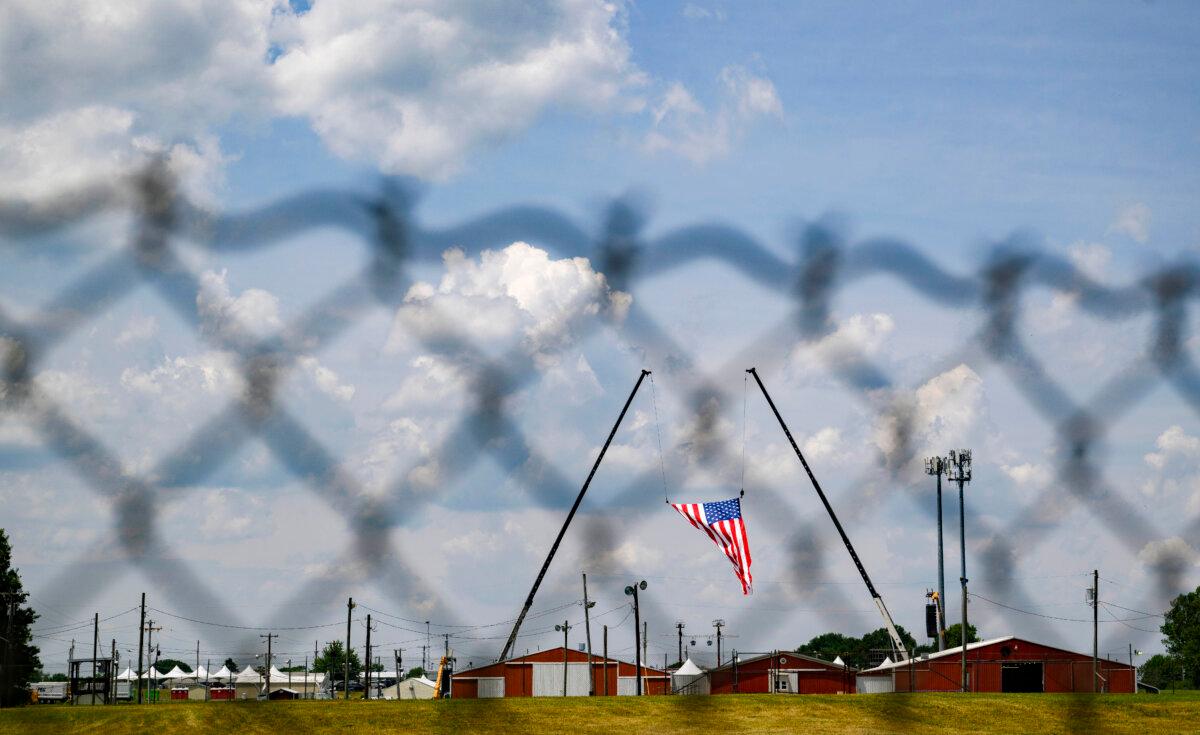Final Hearing of the Trump Assassination Task Force: Key Information to Consider
The upcoming hearing is set against the backdrop of an interim report from the task force highlighting significant security failures.
WASHINGTON—The House Task Force on the Attempted Assassination of Donald J. Trump is scheduled to conduct its final hearing on December 5.
This panel is examining the United States Secret Service (USSS) errors that resulted in two attempts on President-elect Donald Trump’s life. They will hear from USSS Acting Director Ronald L. Rowe Jr., who spoke before the panel in a hearing on September 26.
The assassination attempt on Trump in Butler, Pennsylvania, on July 13, marked the first breach of the agency’s “zero-failure mission” since 1981. A second attempt on his life in West Palm Beach, Florida, further amplified concerns regarding the agency’s capability to protect presidents and candidates.
Rowe, who succeeded Kimberly Cheatle as USSS director after her resignation, has previously acknowledged significant shortcomings within the agency and has committed to carrying out reforms.
He has indicated that some of these issues stem from inadequate funding for the agency, especially during peak election periods. However, he must persuade lawmakers that the agency warrants increased financial resources.
Rep. Mark Green (R-Tenn.), a member of the task force, expressed to The Epoch Times his expectation that Rowe will be “very introspective,” referencing previous closed-door discussions with him.
“He will disclose some serious errors that occurred,” Green noted.
The 13-member task force comprises seven Republicans and six Democrats, with both parties emphasizing that this inquiry transcends party lines.
Rep. Mike Kelly (R-Pa.), who co-chairs the task force, stated, “This is not about any one party or individual—it’s about making sure this situation never happens again.”
His Democratic counterpart, Rep. Jason Crow (D-Colo.), echoed the sentiment, describing the investigation as “an opportunity to tackle systemic failures and establish a new standard for protection amid a more volatile political environment.”
This hearing serves as the culmination of a protracted investigation into various security failures.
Here’s what to understand about the hearing—and what inquiries remain unanswered.
Butler Communication Breakdown
The attempt on Trump’s life in Butler, Pennsylvania, on July 13, came perilously close to succeeding.
During a rally held in a spacious open area flanked by low structures, would-be assassin Thomas Matthew Crooks fired on Trump, injuring him in the ear. Attendee Corey Comperatore was killed, and several others were hurt.
Shortly after his gunfire, Crooks, who had positioned himself atop the nearby AGR International building, was shot dead by a USSS sniper.
This incident immediately prompted questions about how Crooks was able to get so close and how law enforcement failed to recognize him as a threat.

The American flag, which served as the backdrop for a campaign rally by former President and then-Republican candidate Donald J. Trump, blows in the wind at Butler Fairgrounds in the aftermath of the attempted assassination of the former president in Butler, Pa., on July 14, 2024. Jeff Swensen/Getty Images
According to the interim report from the task force, the incident partly occurred due to major communication breakdowns that hampered information sharing between USSS and local law enforcement.
Although Crooks had been identified by local law enforcement, the crucial information could not be relayed to the USSS swiftly, owing to a lack of a unified command post and coordination issues with local law enforcement.
During his earlier appearance before the panel, Rowe stated he “cannot defend” the fact that the AGR International building, which had a clear line of sight to Trump’s platform, was not adequately secured.
“I went to the roof [of the AGR International building] … what I saw made me ashamed,” Rowe shared with lawmakers.
Nonetheless, following the panel’s report, Rowe is likely to encounter further scrutiny regarding the extent of the oversights made by his agency on that day.
West Palm Beach Incident
He’ll also be questioned about the second incident that took place on September 15, near Trump’s National Golf Club in West Palm Beach, Florida.
In this instance, Secret Service agents intercepted Ryan Wesley Routh, who was armed with an AK-47-style rifle and opened fire. Routh fled but was soon apprehended by West Palm Beach law enforcement following a civilian report.
This incident represents another troubling event for the USSS, which, prior to these two occurrences, generally enjoyed favorable public sentiment even as trust in other federal entities has waned.
It was later revealed that Routh had been on site along the fence for 12 hours before being intercepted—a further oversight that Rowe may be questioned about.
The Secret Service did not respond before publication to a request for comment.





